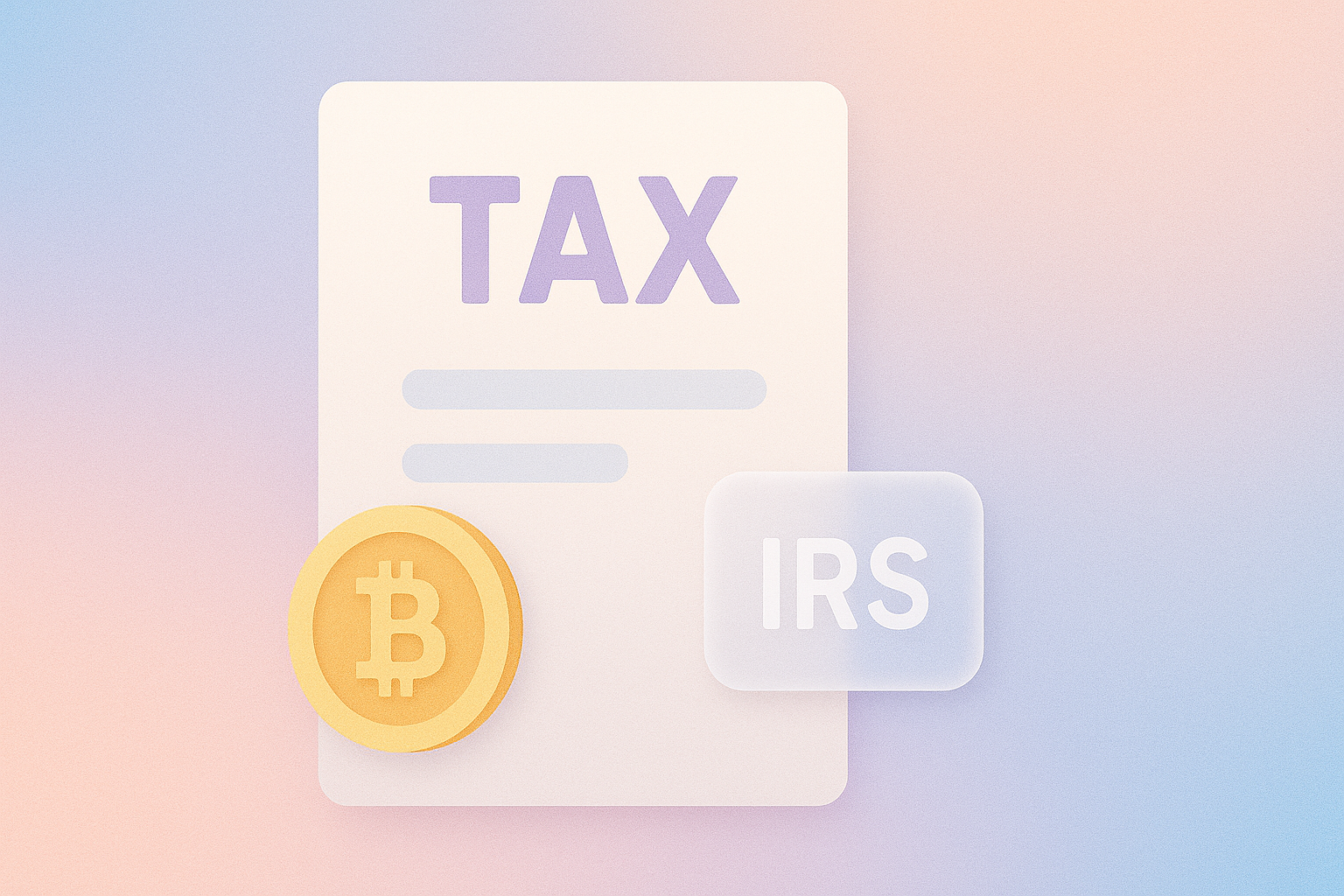
In today's fast-paced world, the dream of early retirement and unwavering financial security is a shared aspiration. The key to turning this dream into reality is mastering the art of investing. This comprehensive guide is your ticket to the world of investments, offering the knowledge and strategies you need to embark on a journey toward early retirement and financial stability.
Understanding the Basics of Investing

The Power of Compound Interest
Compound interest is the bedrock of investing, a concept that has the potential to multiply your wealth exponentially over time. Imagine a snowball rolling downhill, gradually growing in size as it accumulates more snow. Compound interest operates in a similar fashion, with your money earning interest, and that interest, in turn, earning more interest. Let's illustrate this concept with a practical example:
Suppose you invest $10,000 with an annual return of 7%. In the first year, you'll earn $700 in interest, bringing your total to $10,700. In the second year, you'll earn 7% interest on $10,700, which amounts to $749. This process continues, and over the years, your investment grows significantly.
Diversification: The Key to Risk Management

Diversifying your investment portfolio is a critical strategy for effective risk management. This involves spreading your investments across various asset classes, such as stocks, bonds, real estate, and more. The beauty of diversification lies in its ability to reduce the impact of a poorly performing asset on your overall portfolio.
Diversification is effective because different assets come with varying risk-return profiles. Stocks, for instance, offer the potential for higher returns but also come with higher volatility. Bonds, on the other hand, provide stability but may offer lower returns. By combining these assets, you can achieve a balanced and resilient portfolio.
Active vs. Passive Investing
Investing strategies can be broadly categorized into two approaches: active and passive.

Active Investing
Active investors take a hands-on approach, constantly buying and selling securities based on their analysis and predictions. This approach aims to outperform the market but demands a substantial amount of time, effort, and expertise.
Passive Investing
Passive investors, on the other hand, adopt a more relaxed strategy. They seek to match the performance of a specific market index, like the S&P 500, by investing in index funds or exchange-traded funds (ETFs). Passive investing is known for its simplicity and lower fees compared to active investing.
Building Your Investment Portfolio

Stocks: Your Path to Growth
Stocks represent ownership in a company. When you invest in stocks, you become a shareholder, which means you have a stake in the company's success. Stocks are renowned for their growth potential, having historically outperformed other asset classes over the long term.
Investing in individual stocks allows you to select companies that align with your investment goals and values. However, it also requires thorough research and monitoring to make informed decisions.
Bonds: Stability in Your Portfolio
Bonds are debt securities issued by governments, municipalities, or corporations. Investing in bonds involves lending money in exchange for periodic interest payments and the return of the bond's face value at maturity. Bonds are esteemed for their stability and income-generation potential.
Adding bonds to your portfolio can help balance the volatility of stocks. They provide a source of regular income and act as a buffer during market downturns.
Real Estate: A Tangible Investment
Investing in real estate encompasses the purchase of physical properties or real estate investment trusts (REITs). Real estate offers the potential for both rental income and property appreciation.
Real estate investments diversify your portfolio and offer protection against inflation. Moreover, they can generate a steady stream of passive income, making them a preferred choice among those aiming for financial security.
Navigating the Road to Retirement

Retirement Accounts Demystified
Retirement accounts are potent tools for building your retirement nest egg, thanks to their tax advantages. In the United States, two common types of retirement accounts are 401(k)s and IRAs.
401(k) Plans
Employers typically offer 401(k) plans. Here, you can contribute a portion of your salary to your 401(k) before taxes, effectively reducing your taxable income. Many employers also match a portion of your contributions, essentially providing you with free money for retirement.
Individual Retirement Accounts (IRAs)
IRAs cater to individuals and provide tax benefits similar to 401(k)s. Traditional IRAs allow tax-deductible contributions, while Roth IRAs offer tax-free withdrawals during retirement.
Supercharging Your Savings
Investment Apps and Tools
The digital age has revolutionized investing, making it more accessible than ever. A plethora of investment apps and tools are at your disposal to streamline your investment management. These apps provide features such as portfolio tracking, automated investing, and real-time market updates.
Financial Advisors: Your Personal Guides
If you prefer a hands-off approach or require personalized guidance, consider partnering with a financial advisor. A trusted advisor can assess your financial situation, assist in goal setting, and craft a bespoke investment strategy tailored to your unique needs.
Conclusion
Early retirement and financial security are not mere fantasies but attainable objectives through intelligent investing.The Motley Fool, is a platform that provides substantial information and market research advice By comprehending the fundamentals of investing, constructing a diversified portfolio, and diligently planning for retirement, you can embark on a journey toward the future you envision.
Don't delay; commence implementing these strategies today and witness the transformation of your financial future. Early retirement and financial security are well within your reach.
FAQs
How much should I invest for early retirement?
Investing for early retirement depends on various factors, including your financial goals, current savings, and expected expenses in retirement. It's advisable to consult a financial advisor to determine an appropriate investment strategy.
What are the advantages of passive investing?
Passive investing offers simplicity, lower fees, and the potential to match the market's performance over time. It's a less hands-on approach compared to active investing.
When should I start investing for retirement?
The earlier you start investing for retirement, the better. Time allows your investments to benefit from compounding, potentially resulting in higher returns.
How can I maximize my Social Security benefits?
To maximize Social Security benefits, consider delaying your claim, as benefits increase with age. Additionally, optimize your claiming strategy to align with your financial goals.
Is real estate a suitable investment for retirement planning?
Real estate can be a valuable addition to your retirement portfolio, offering rental income and potential property appreciation. However, it's essential to assess your risk tolerance and investment goals before incorporating real estate into your strategy.




